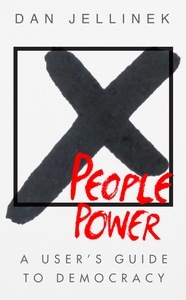- Home |
- Publishing |
- Events |
- Research |
- Register
» Home / Latest News / Publishing news / Location Data And Local Authorities: The Next Stage
Location Data And Local Authorities: The Next Stage
Publishing news published: Friday 28th August 2009
Geographical Information Systems (GIS) are now ready to become a core part of service planning and delivery in local authorities, claims a business transformation expert.
For example, GIS can enable councils to focus health and social care resources on the areas that most need them, and target promotional campaigns towards locations that display low recycling levels, said Evans.
Birmingham is also using GIS to develop a 'digital assistant', which offers live travel information about the city and route-planning with real-time updates. The assistant sends this data online or to any mobile device which can receive GPS (global positioning system). For a full report on Birmingham's use of GIS, you can read E-Government Bulletin's news report here: http://www.headstar.com/egblive/?p=224
Another important use of GIS discussed at the conference was in identifying and tackling crime within a local area. Emily Humphries, a community safety partnership analyst for Worcestershire County Council, explained how digital mapping systems can combine different sets of crime data to produce visual 'hotspots' for different types of crime. Seeing the information in this form, with different data sets plotted on the same map, can make it easier to identify and tackle multiple issues, which may not be obvious when looking at the data in purely numerical form, said Humphries.
In the year since Headstar's last GIS conference, the available technology has continued to improve and is now being used by an increasing number of local authorities. While both delegates and speakers at GIS '09 admitted that there is still much work to be done in this area, it would appear that the main challenge faced by councils - to link GIS data with decision-making and service provision - is gradually being met.







